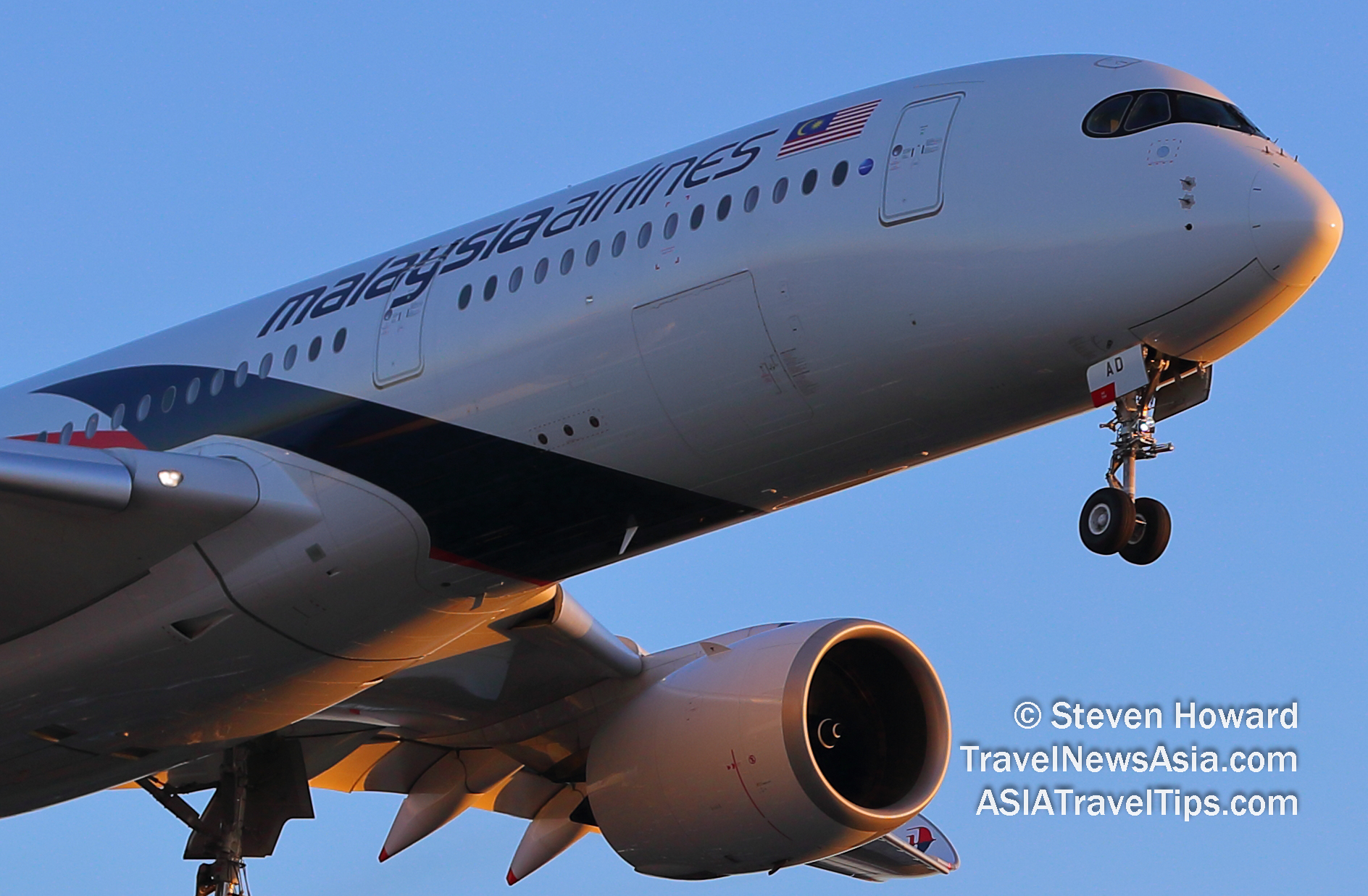|
Preliminary financial performance figures from
AAPA show that Asia Pacific airlines recorded US$3.8 billion in
combined net earnings in 2019, a 25% decline compared to the
US$5.1 billion reported in 2018.
Profitability was impacted by intense
competition adding downward pressure on yields, whilst air cargo
demand was significantly affected by the escalation of trade
disputes, including tit-for-tat trade tariffs between the US and
China.
Overall, against the backdrop of a slowing global
economy, Asia Pacific airlines saw international passenger traffic
as measured in revenue passenger kilometres (RPK) moderate to a
4.2% increase in 2019, following a strong 7.2% growth in 2018.
Meanwhile, international air cargo traffic as measured in freight tonne kilometres (FTK) declined by 5% for the year, marking the
steepest fall since the global financial crisis.

Collectively, the region's carriers achieved
aggregated operating revenues of US$210.5 billion for the calendar
year, almost matching the US$211.2 billion recorded in 2018.
Passenger revenue increased by 1.5% to US$167.1 billion, as
regional economic expansion supported growth in both leisure and
business travel markets, helping to offset the fall in passenger
yields caused by persistently stiff market competition.
Air cargo markets were adversely affected by a
combination of lower demand and corresponding downward pressure on
freight rates. As a result, cargo revenue fell significantly, by
14.5% to a combined total of US$18.4 billion in 2019, reversing
the double-digit gains achieved in the preceding year. Asian
airlines bore the brunt of the escalation in trade tensions, as
they collectively account for over one-third of global air cargo
traffic.
Combined operating expenses totaled US$200.4
billion, unchanged from 2018. With global jet fuel prices down by
7.2% to an average of US$78.9 per barrel, fuel expenditure fell by
4.5% to US$52.8 billion. The share of fuel expenditure as a
percentage of total operating costs declined by 1.3 percentage
points to 26.4%. In contrast, non-fuel expenditure rose by 1.8% to
US$147.6 billion, on the back of higher depreciation costs as well
as landing fees and en-route charges.
The decline in average fuel prices provided some
relief to operating expenditure, but this was offset by higher
non-fuel expenses. Consequently, overall operating profit declined
by 7.4% to US$10.1 billion, whilst operating margin edged 0.4
percentage points lower to 4.8% for the year.
Mr. Subhas Menon, Director General of the Association of Asia Pacific Airlines (AAPA), said, "International passenger traffic on Asia Pacific
airlines set new records in 2019, but the operating environment
became increasingly challenging. The average profit was just US$4
per passenger flown, slimming net margin to a meagre 2%. Given the current crisis, it
is sobering to look back on a time when we all took safe and
affordable air travel for granted, and Asian airlines were
carrying over four million passengers a day. Since the end of
January 2020, that number has plunged dramatically as almost all
countries introduced lockdowns and severe restrictions on
international travel. Airlines have been forced to ground
thousands of aircraft and are currently operating only skeletal
networks to meet demand for repatriation flights as well as for
shipments of medical supplies and essential goods."
Looking ahead, Mr. Menon said, "Airlines worldwide are
fighting for their very survival, given the collapse of demand.
Hopes of a V-shaped recovery have waned. It may take years for the
industry to recover to pre-COVID19 levels. Nevertheless, the early
restart of aviation will spur global recovery from the current
crisis. To this end, the Asia Pacific aviation community is
committed to working closely with governments, public health
authorities, and other international bodies in charting a course
for a timely and measured restoration of air services."
See latest
Travel News,
Video
Interviews,
Podcasts
and other
news regarding:
COVID19,
AAPA,
Asia Pacific Airlines.
|
Headlines: |
|
|
